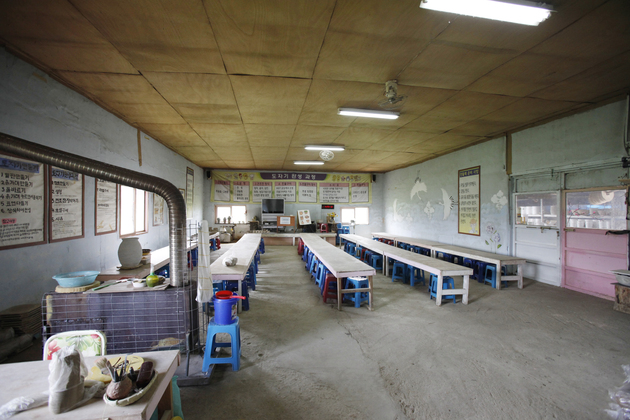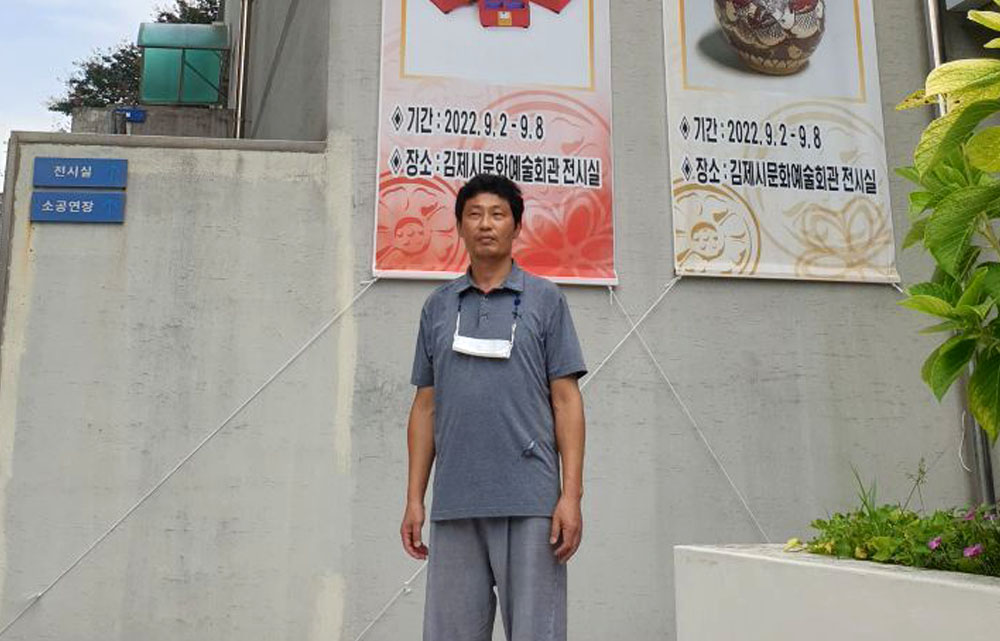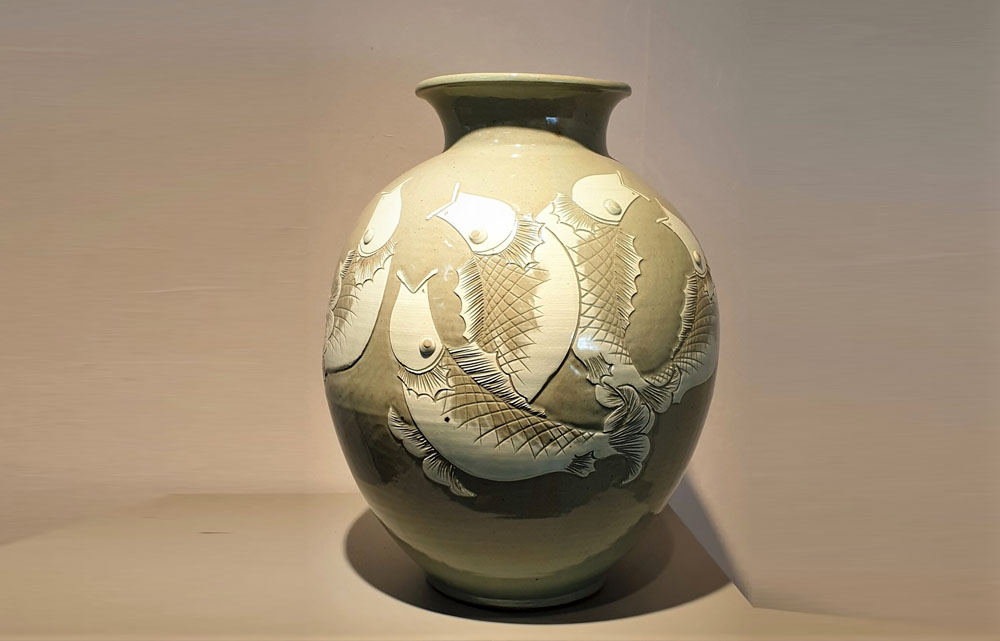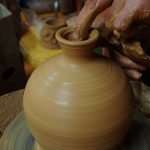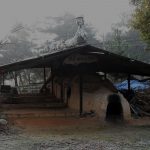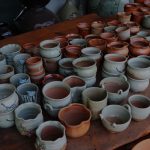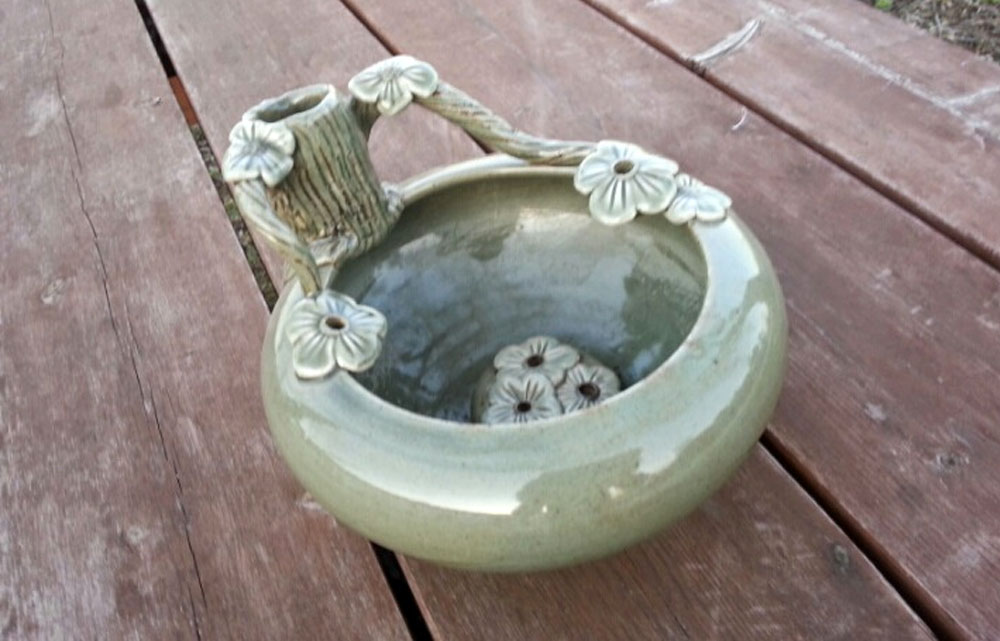
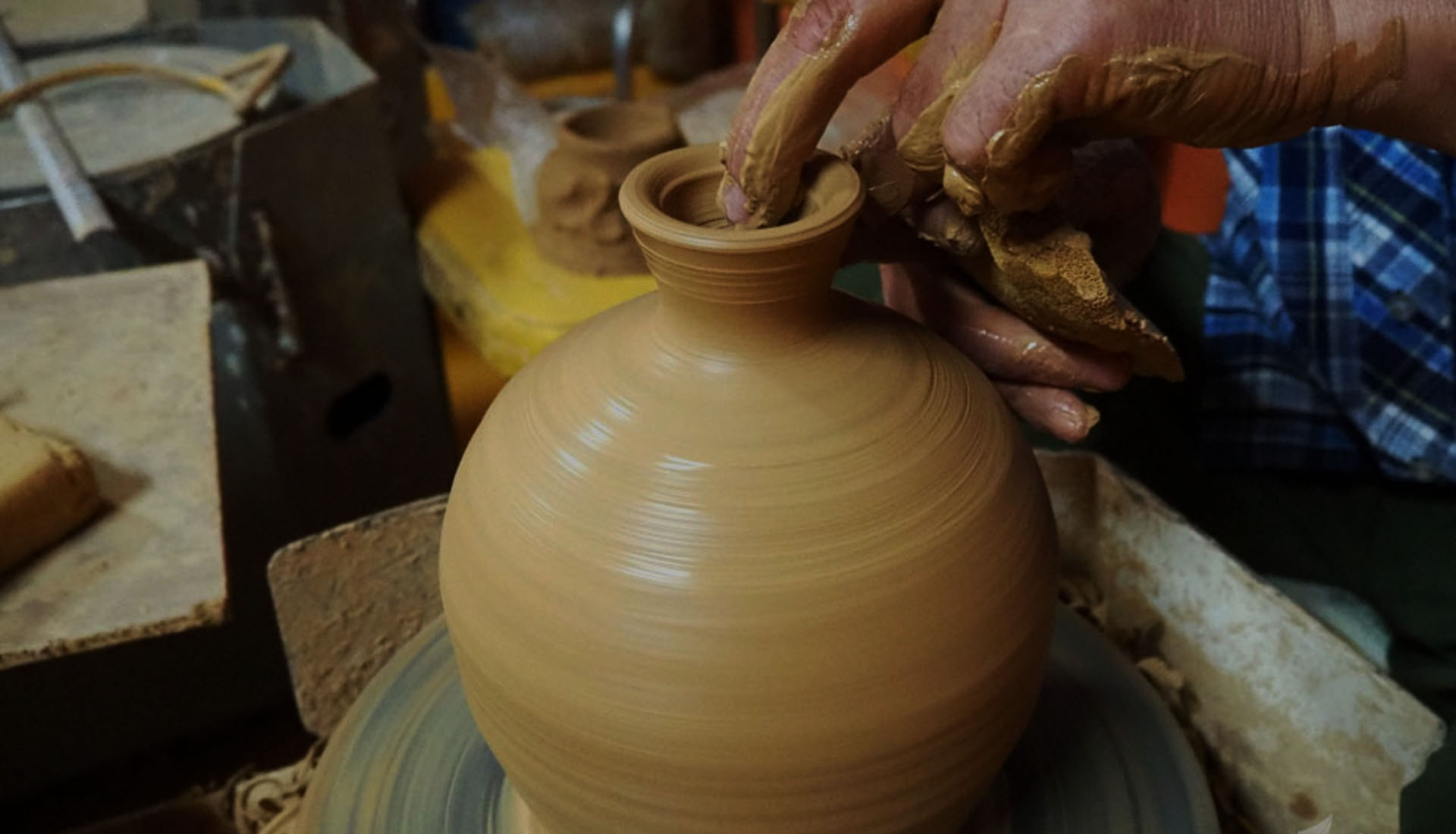
PALBONG
Palbong Pottery is a rare Korean pottery master who has been making pottery for four generations.
Even if you don't have a background in ceramics, you'll recognize the elegant, clean look of Palbong's pottery.
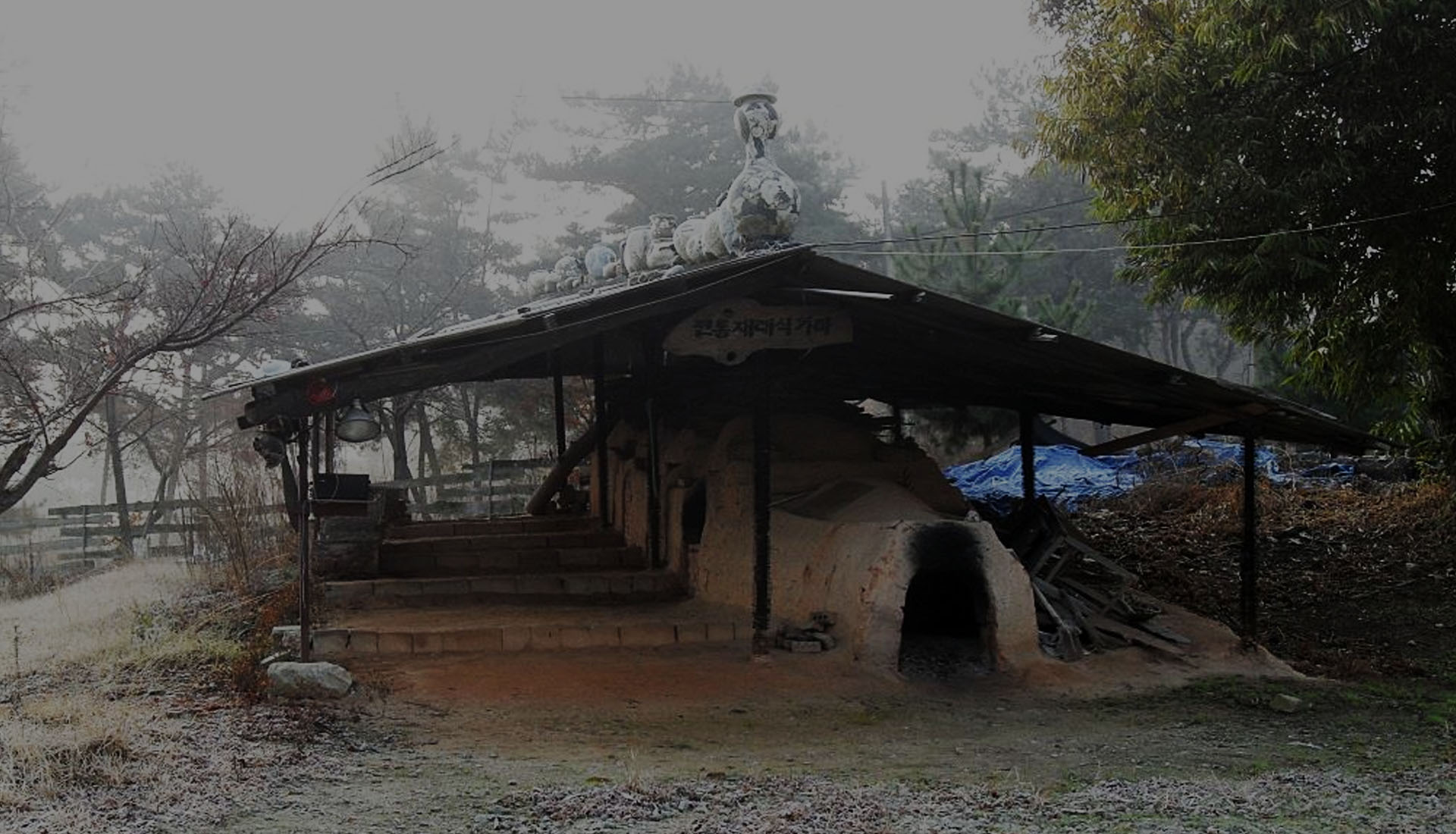
PALBONG
Palbong Pottery is a rare Korean pottery master who has been making pottery for four generations.
Even if you don't have a background in ceramics, you'll recognize the elegant, clean look of Palbong's pottery.

PALBONG
Palbong Pottery is a rare Korean pottery master who has been making pottery for four generations.
Even if you don't have a background in ceramics, you'll recognize the elegant, clean look of Palbong's pottery.
Palbong Pottery made and distributed traditional onggi in the first generation [the late Park Jun-seok] and the second generation [the late Park Bok-rae], and the third generation, Park Chang-young, and the fourth generation, Park Kwang-cheol and Park Hye-ja, are studying traditional onggi and buncheong. The first generation, Park Jun-seok, started making onggi at the Onggi Village in Palbong-ri, Iksan-gun, Jeollabuk-do, which is now destroyed and not preserved. Even before the Japanese occupation of Korea, Park considered onggi to be a family business passed down by his grandfather and began to carry on the family tradition of pottery making. Palbong Pottery was originally located near Geumsanji Temple, but in 1998, in an effort to popularize pottery, it was moved to its current location and transformed into a specialized learning institution for pottery. Park Chang-young, a potter who has been making earthenware for 40 years, has since passed the family business on to his son and is now devoting his life to reproducing Baekje earthenware. Park Kwang-cheol is now the fourth generation to carry on the tradition.

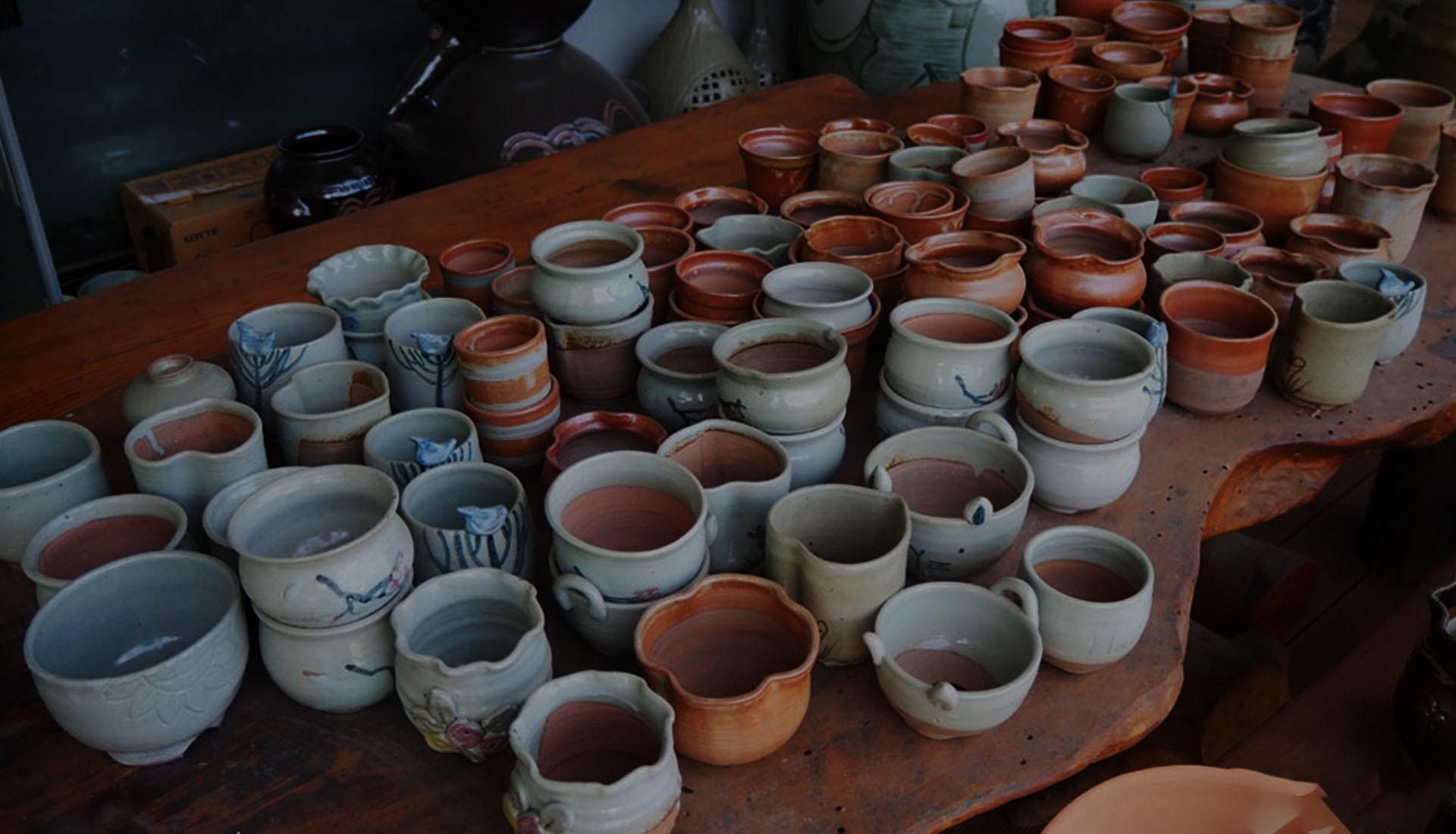
Manufacturing (Production) Method and Features
Kwangchul Park began making everyday porcelain using the inlaid technique in 2001. He was particularly fond of clay pots and created the so-called “Kwangchul Park technique,” a method of making them by pressing them with his fingers. This method is a modernized version of a traditional technique. Park’s work is characterized by bright and smooth celadon, while his son, Park Kwangchul, uses rough brushes called guiyalbit and lye glaze to create rustic pieces, showing their different styles.
Current Status
With an area of 8,264.46 square meters, a conventional kiln and a spacious parking lot, and facilities such as a learning center, exhibition hall, molding room, and drying rack in the 826.45 square meters of the building, it boasts a comfortable and spacious space that can accommodate 500 people at the same time. Since 2004, Park Chang-young and Park Kwang-cheol have been organizing the Palbong Pottery Competition together, striving to pass on the family business and develop the succession of our culture. Park Kwang-cheol, who runs Palbong Pottery in Gimje, is a young talent in the field of ceramics who received the Presidential Award for Outstanding Talent in 2003 and the Gold Medal at the 39th National Skills Competition in 2004 for his contributions to the dissemination and development of traditional ceramic culture, and is devoting his efforts to creating works that combine traditional art and modern culture to promote the excellence of Korean culture.
Palbong Ceramics, which has been conducting systematic and steady ceramic field trips, has been recognized for its expertise in ceramic field trip education, and in 2008, it was designated as the third ceramic field trip education institution in the country and the first in Jeollabuk-do by the Korea Federation of Craft Cooperatives.
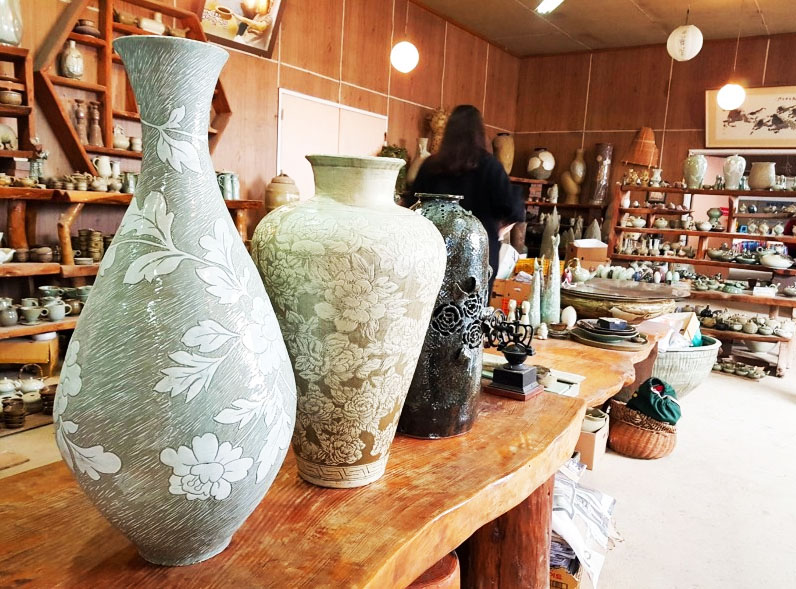
Gallery
Palbong Pottery is a rare Korean pottery master who has been making pottery for four generations. Even if you don’t have a background in ceramics, you’ll recognize the elegant and neat look of
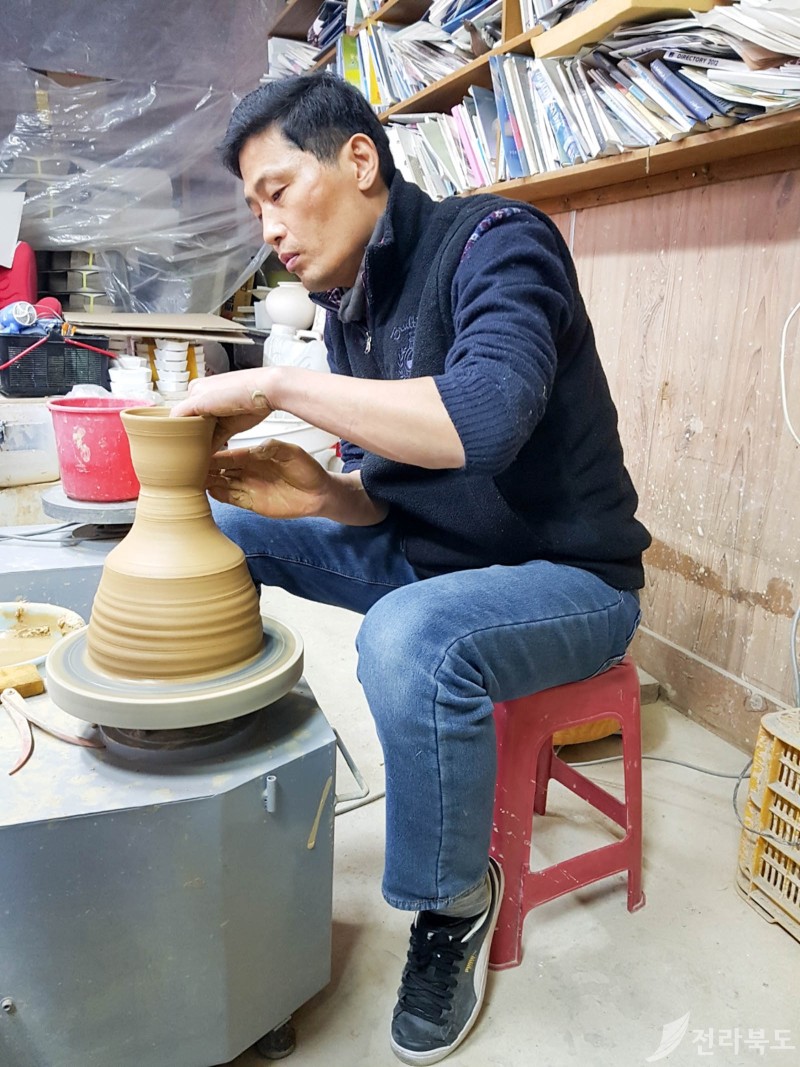
Profile
- 4th generation family business
・Graduated from Baekje University of the Arts, Industrial Product Design Department
・12 solo exhibitions (Pyeongtaek, Iksan, Gimje, Jeonju)
・7 ceramic prop exhibitions (Jeonju)
・11 Paternity Exhibition (Jeonju)
- Competitions
・Silver Prize at the Ongoeul Traditional Crafts Competition (Jeonju Traditional Craftsmen's Association, 2002)
・Gold medal at the National Skills Competition (International Skills Olympic Organizing Committee, 2004)
・Grand Prize at Jeollabuk-do Crafts Competition (Jeollabuk-do, 2013)
・Encouragement Award at the Korea Crafts Competition (Korea Federation of Crafts Unions, 2012, 2013)
・Special Prize at Jeollabuk-do Art Exhibition (Jeonbuk Art Association, 2006, 2015)
・Grand Prize, Gamo Donghak Art Exhibition (Jeong-eup Branch, 2019)
・Honorable Mention in Korea Art Exhibition (Korea Art Association, 2018, 2021)
・Over 70 other honorable mentions
- Awards and Recognition
・Outstanding Talent to Lead 21C (Presidential) Award (Ministry of Education and Human Resources, 2003)
・Honored by the Governor of Jeollabuk-do (Jeollabuk-do, 2004, 2019)
・Selected as a Millennium Famous House in Jeollabuk-do (Jeollabuk-do, 2019)
・Certificate of Appreciation from the Imperial Cultural Foundation (2013)
・Kimje Art Association Merit Award (2005, 2007)
・Awarded the Korea Culture and Arts Award (Craft Development Achievement, 2015)
・Iksan Education Support Agency Appreciation Plaque (Iksan Office of Education, 2016)
Press Release
Palbong Pottery is a rare Korean pottery master who has been making pottery for four generations. Even if you don’t have a background in ceramics, you’ll recognize the elegant and neat look of Palbong’s pottery.
Q: This is Palbong Pottery in Juksan-myeon, Gimje. You used to run Palbong Pottery in Heungsa-dong, Gimje City, but moved to Juksan-myeon here last year.
The pottery experience fee is 5,000 won, but it costs 10,000 won to bake the pottery and 15,000 won to receive it by home delivery after baking. In Iksan, the father, Park Chang-young, runs Palbong Pottery, and here in Gimje, the son, Park Kwang-cheol, runs it. It is designated as the first educational institution specializing in on-site craft experience in Jeollabuk-do, so I think it is a more reliable and recognized institution. You can also see the pottery you made yourself.
Q: I always give my friends who come to Gimje a tour of Gimje with the Jeollabuk-do Tour Pass, and this Palbong Pottery is a must-see
It's very interesting to see how each movement of your fingertips on the potter's wheel creates the shape of the pottery you want, and it's an experience that even adults will love, but children will love it even more. I was able to complete a wonderful piece because the instructor gave me professional guidance and helped me from the side, rather than making it roughly.
Q: I think this would be a great family activity for kids to get their hands dirty with clay and have fun with this kind of playful education. Once you've cut the base with the thread, you'll have your own pottery.
The Works
Palbong Pottery is a rare Korean pottery master who has been making pottery for four generations. Palbong’s pottery has an elegant and neat look that is immediately recognizable even if you don’t have a background in pottery.
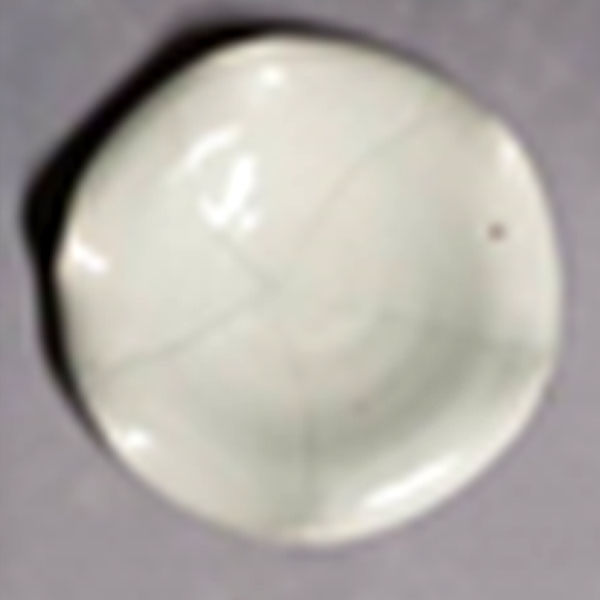
Lotus Leaf Bowl
It is made in the shape of a lotus leaf and is used as a bowl. It is made in the shape of a lotus leaf spreading out from the monotony of a round shape, and it is made with the size in mind so that it can be used as a bowl on the dining table or as a teacup when drinking tea.

Lotus Leaf Coffee Cup
This coffee cup is made in the shape of a lotus leaf and is used as a coffee cup. It is shaped like a lotus leaf spreading out, breaking away from the monotony of the round shape, and is used for drinking coffee or traditional tea.
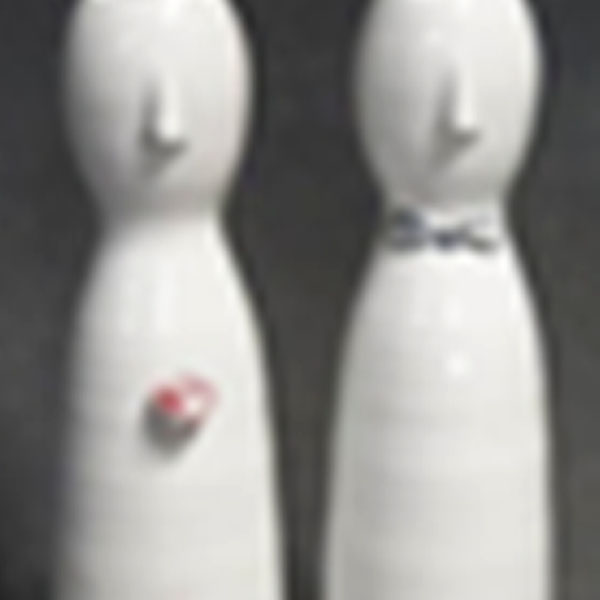
Lovers
The pagodas are erected at the entrance of villages to protect the boundaries between villages and to pray for the well-being of the villages, and are in the form of a man and a woman. This product is a modernized and simplified representation of the pagodas, and can be used as a vase.
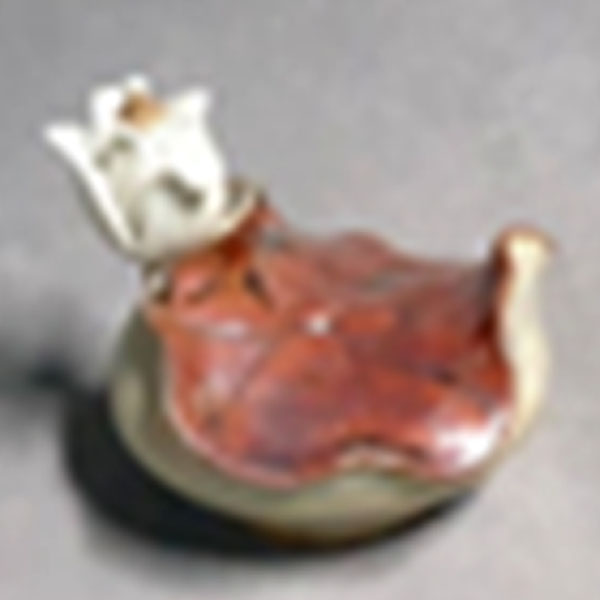
Lotus Petal Lantern
Our lanterns have been used to illuminate dark rooms since ancient times. They have also been used as lamps in foreign countries and have become an indispensable cultural product. The motif of this product is a lotus flower blooming in a pond, and it is shaped like a lotus peak rising next to a lotus leaf. It is three-dimensionalized from the existing monotonous shape, and it has a decorative effect when placed on one side. When used, it has a good effect on humidity, bad odors, and atmosphere.
Palbong Pottery Passed Down Through the Generations
Even before the Japanese occupation, Park began making onggi as a family business passed down to him by his grandfather, continuing the family tradition of pottery making. Palbong Pottery was originally located near Geumsansa Temple, but in 1998 it moved to its current location to popularize pottery and transform into a specialized learning institution. Park Chang-young, a potter who has been making ongi for 40 years, has since passed the family business on to his son and is now devoting his life to recreating Baekje earthenware. Palbong Pottery is now being carried on by the fourth generation, Park Kwang-cheol.
